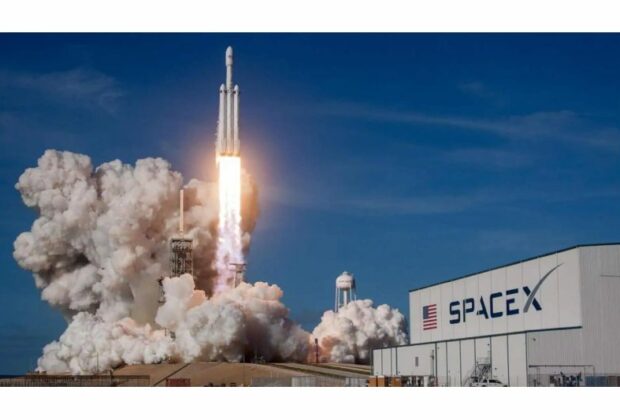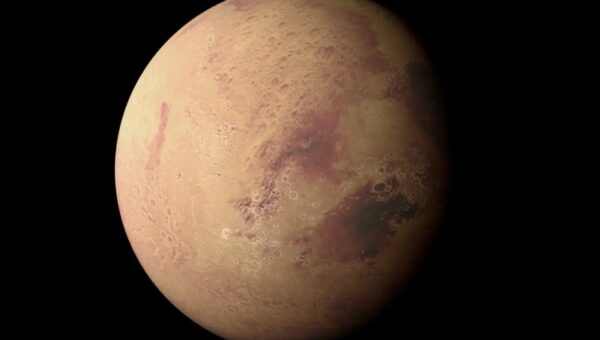By arranging a private launch from Florida that will place its passengers in a polar orbit for the first time, SpaceX has secured additional funding for its human spaceflight mission.
Chun Wang of Malta is in charge of the Fram2 mission, which may launch from the Space Coast before the end of 2024, according to a post on the SpaceX website. Wang is an ardent adventurer and an entrepreneur who amassed a fortune in bitcoin.
Fellow explorers Eric Philips from Australia, Jannicke Mikkelsen from Norway, and Rabea Rogge from Germany will travel with them. Philips will assume the position of pilot, and Mikkelsen will assume the job of mission commander.
With its current fleet of four Crew Dragon capsules, SpaceX has flown thirteen flights with fifty humans, and it was developing a fifth at the time. Uncertainty surrounds whether Fram2 will launch on the new Crew Dragon, but it will have a cupola attachment instead of the docking mechanism required for Crew Dragon missions to the International Space Station.
When the Crew Dragon Resilience launched billionaire Jared Isaacman on the Inspiration4 mission in 2021, it did so with an addition that improved vistas of Earth and space. During that three-day voyage, the entire crew was private and they circled the planet.
As early as August 26, he is scheduled to take off again on Resilience for the Polaris Dawn mission, which is likewise an orbital trip but with a hatch that will enable the first-ever commercial tethered spacewalk instead of the cupola.
The ship Fram, which was built in Norway and aided explorers like Roald Amundsen in reaching the Arctic and Antarctic in the late 1800s and early 1900s, is the inspiration behind the name Fram2.
Fram2 “will be the first human spaceflight mission to explore Earth from a polar orbit and fly over the Earth’s polar regions for the first time,” SpaceX says of the project’s launch.
“Wang aims to use the mission to highlight the crew’s explorational spirit, bring a sense of wonder and curiosity to the larger public, and highlight how technology can help push the boundaries of exploration of Earth and through the mission’s research,” said SpaceX.
Most SpaceX Crew Dragon flights are for NASA and go to the International Space Station. The Demo-2 mission, which took place in May 2020, was the first Crew Dragon mission including humans. Since then, SpaceX has launched eight more crew rotation trips using the astronauts from Crew-8 that are presently stationed on the ISS. To relieve them, Crew-9 is scheduled to take off as early as September 24. Axiom Space has also hired SpaceX to carry out its three private trips to the International Space Station thus far; the company plans to launch a fourth as early as November.
Fram2 may be the seventh private astronaut flight in SpaceX’s manifest, counting the two private missions it has completed with Isaacman and the ones from Axiom Space.
Launchpad 40 at Cape Canaveral Space Force Station, which will use the Crew-9 mission as its first human spaceflight after SpaceX constructed a crew access arm at the pad, is one possible launch site.
Fram2 will go to a height of 264 to 279 miles over the course of three to five days, “leveraging insight from space physicists and citizen scientists to study unusual light emissions resembling auroras,” according to a post made by SpaceX.
In addition to performing additional studies to examine the impact of spaceflight on human health, including obtaining the first-ever human X-ray photographs in orbit, the goal is to analyze the green and mauve thermal emissions.








